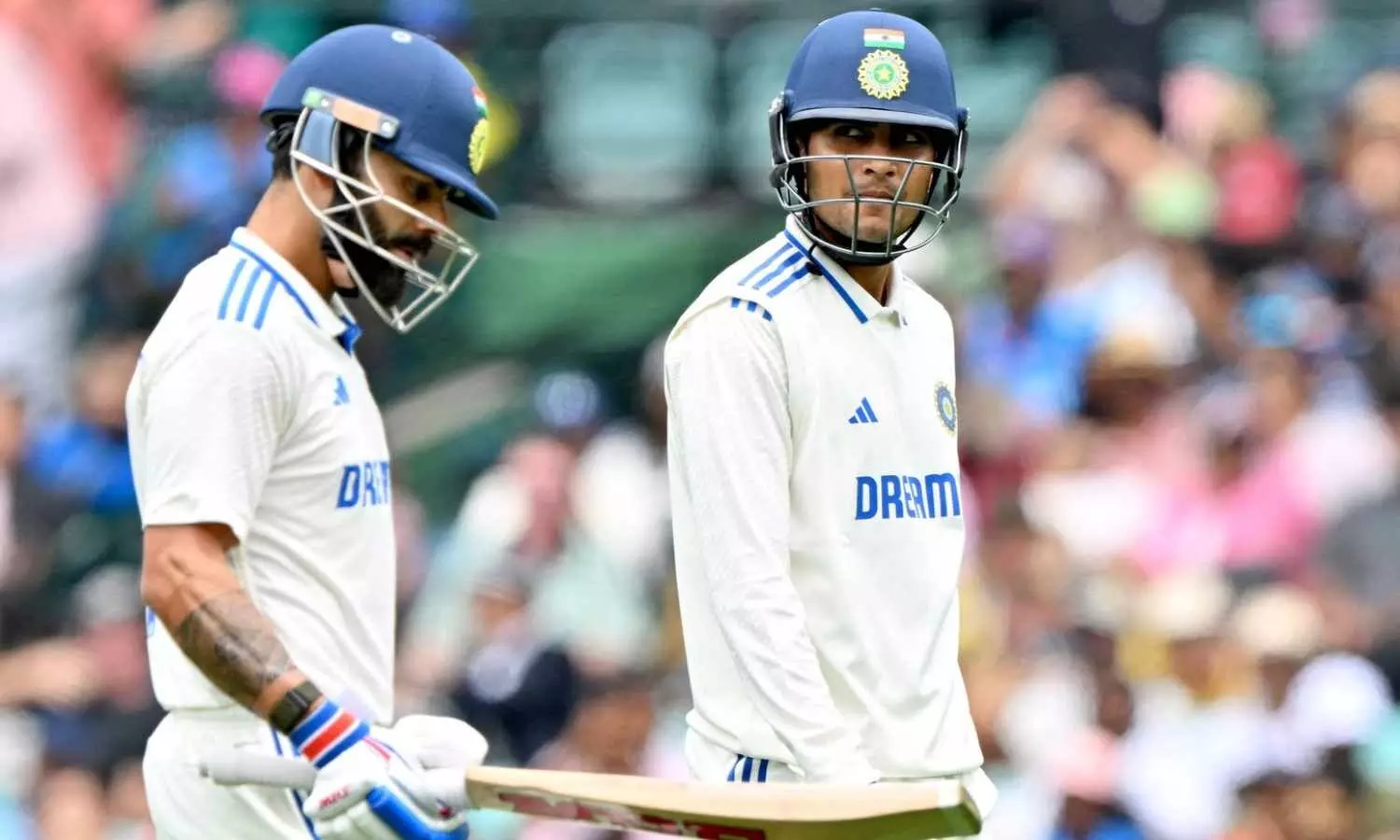

Ahead of their five-match Test tour of England, India is taking a different route when it comes to preparation. Instead of the customary warm-up games against county sides, the team will play an internal fixture against India A — a behind-closed-doors match with no broadcast and minimal outside attention. The move marks a shift in approach following two bruising red-ball series that exposed cracks in both planning and execution.
India’s 0-3 whitewash at home to New Zealand and the 1-3 loss in the high-profile Border-Gavaskar Trophy in Australia sent shockwaves through the cricketing setup. Those defeats weren’t just poor results — they led to serious introspection and triggered structural changes, from revamped selection criteria to stricter player discipline.
Ironically, while the Border-Gavaskar Trophy ended in disappointment for India, it was a blockbuster for broadcasters. The series smashed viewership records, drawing 192.5 million TV viewers across the Jio-Star network and amassing over 52 billion minutes of watch time. With the England series just around the corner and India’s World Test Championship campaign restarting, expectations for another massive viewership surge are already in place.
That buzz has extended beyond fans and into the betting community as well. With the upcoming England series gaining momentum, sportsbooks have launched early offers to tap into the excitement. Betting enthusiasts are already eyeing promotions — with platforms rolling out bonuses like the promo code for Parimatch to attract cricket punters ahead of what promises to be another closely watched contest.
A Different Build-Up for a New Cycle
Beginning June 20, the England series will mark the start of India’s next World Test Championship cycle. It also follows the IPL, giving players only a short turnaround before stepping into vastly different conditions in the UK.
Historically, Indian teams touring England have relied on matches against county sides to acclimate to swinging conditions and the red-ball rhythm. This time, the idea of an intra-squad match—India vs. India A—indicates a desire for greater control over game simulation and load management.
More importantly, it allows selectors and coaches to pit fringe players directly against the Test squad in high-intensity scenarios.
Accountability Measures After Red-Ball Failures
This internal match isn’t just about cricketing logistics — it’s a subtle but firm outcome of a larger review triggered by India’s decline in the longest format. Following consecutive Test series defeats — a 0-3 drubbing at home against New Zealand and a 1-3 loss in Australia during the Border-Gavaskar Trophy — the BCCI convened a high-stakes review meeting.
The gathering included head coach Gautam Gambhir, captain Rohit Sharma, chief selector Ajit Agarkar, and BCCI secretary Devajit Saikia. The takeaway? Discipline, domestic commitment, and focus were to be non-negotiables moving forward.
The most tangible outcome of that meeting was the updated player guidelines, which made participation in domestic cricket — particularly the Ranji Trophy — mandatory for national selection and central contracts. The message from the BCCI was clear: playing in the IPL cannot come at the cost of contributing to India’s red-ball setup.
Additionally, new travel protocols were enforced, limiting the presence of personal staff and family members on overseas tours to foster team cohesion and reduce distractions.
Summary
The decision to conduct an internal warm-up match instead of leaning on external opposition signals a cultural shift. India is moving away from ceremonial tour openers and focusing on tightly controlled, result-oriented preparation.
In many ways, India vs India A isn’t just a fixture. It’s a mirror — one that the selectors and coaching staff hope will reflect hard truths, unearth form players, and reignite the red-ball engine.
The road to redemption, and perhaps one final legacy-defining run for some of India’s senior pros, begins behind closed doors.
